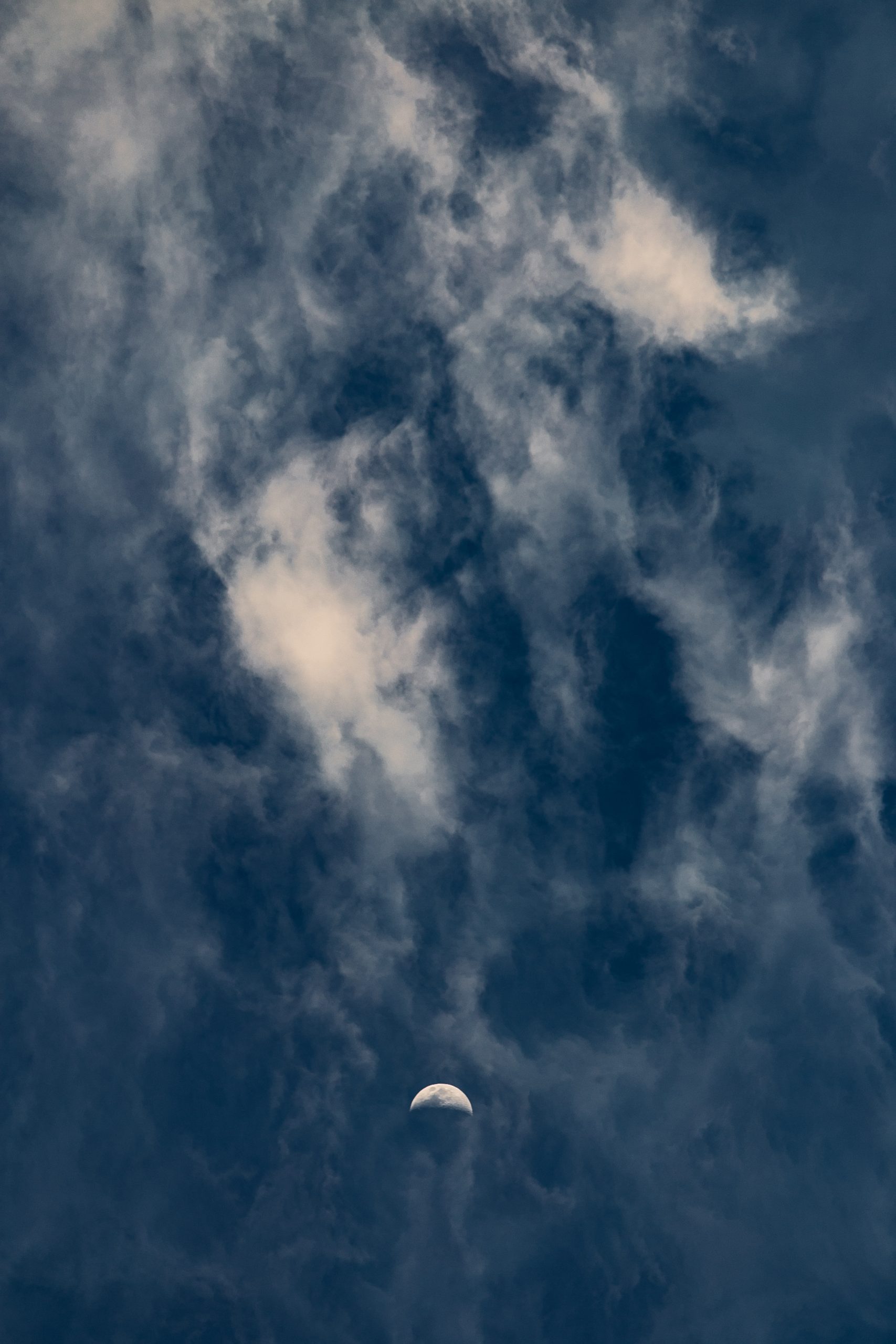Moon Phases for Dummies: Understanding the Lunar Cycle
Have you ever looked up at the night sky and wondered why the moon appears differently every night? The changing appearance of the moon is due to its various phases, which are part of the lunar cycle. In this comprehensive guide, we’ll break down the fundamentals of moon phases, demystify the terminology, and help you understand the fascinating celestial dance happening above us.
What are Moon Phases?
A moon phase refers to the different appearances of the moon as observed from Earth during its orbit around our planet. The moon goes through eight distinct phases, cycling through a complete lunar month, which lasts approximately 29.5 days.
The Lunar Cycle
The lunar cycle is the recurring pattern of moon phases. Understanding this cycle is essential to understanding moon phases. Let’s break it down:
| Phase | Duration | Appearance |
|---|---|---|
| New Moon | 0 days | Invisible |
| Waxing Crescent | 1-6 days | Small sliver, crescent shape |
| First Quarter | 7 days | Half illuminated |
| Waxing Gibbous | 8-13 days | Mostly illuminated, but not fully |
| Full Moon | 14 days | Fully illuminated |
| Waning Gibbous | 15-20 days | Mostly illuminated, but not fully |
| Last Quarter | 21 days | Half illuminated |
| Waning Crescent | 22-28 days | Small sliver, crescent shape |
After the Waning Crescent phase, the cycle begins anew with the New Moon, completing the lunar cycle. It’s important to note that the duration of each phase can vary slightly.
What Causes Moon Phases?
To understand how moon phases work, it’s crucial to understand the relationship between the Earth, the Moon, and the Sun.
The moon orbits the Earth once every 27.3 days, traveling on an elliptical path. As it orbits, the moon is illuminated by the Sun, but only one half of the moon is visible from Earth. The changing appearance of the moon is a result of different portions being lit by sunlight at different angles as observed from our perspective on Earth.
New Moon
The lunar cycle starts with the New Moon. During this phase, the side of the moon facing Earth is not visible because it is not illuminated by the Sun. The New Moon occurs when the moon is positioned between the Earth and the Sun, so the sunlight is hitting the far side of the moon.
Waxing Crescent
As the moon moves slightly away from a direct line between the Earth and the Sun, a small sliver of the moon becomes visible. This phase is called the Waxing Crescent. The lit portion of the moon gradually expands each night.
First Quarter
When the moon has completed one-quarter of its orbital journey, we reach the First Quarter. At this point, the moon appears as a half-circle shape. The right side of the moon is illuminated, while the left side is in darkness.
Waxing Gibbous
In the Waxing Gibbous phase, more than half of the moon is visible, and it continues to grow each night. However, it hasn’t reached the Full Moon stage yet.
Full Moon
The Full Moon is perhaps the most recognizable phase of the lunar cycle. At this point, the entire face of the moon is fully illuminated as seen from Earth. The Full Moon occurs when the moon is positioned on the opposite side of the Earth from the Sun.
Waning Gibbous
After the Full Moon, the moon starts to wane, entering the Waning Gibbous phase. Similar to the Waxing Gibbous phase, more than half of the moon is visible, but it begins to decrease each night.
Last Quarter
At the Last Quarter phase, the moon returns to the half-circle shape, but now the left side is illuminated while the right side is in darkness.
Waning Crescent
The final phase before the cycle restarts is the Waning Crescent. As the lit portion continues to decrease, only a small sliver of the moon is visible until it disappears completely at the New Moon.
How to Observe Moon Phases
Observing moon phases can be a fun and educational activity for everyone. Here are a few tips to help you get started:
- Download a moon phase tracking app on your smartphone or use a calendar that includes moon phase information.
- Make a habit of observing the moon at different times of the day and night to see how its appearance changes.
- Consider using binoculars or a telescope to get a closer look at the moon’s surface features during specific phases, such as First Quarter or Last Quarter.
Remember that the moon’s appearance may vary depending on your geographic location and atmospheric conditions, so keep your observations consistent.
Conclusion
The moon’s mysterious and ever-changing phases have captivated humans for centuries. Understanding the lunar cycle and the different moon phases allows us to appreciate the beauty and wonder of our celestial neighbor. Whether you’re a stargazing enthusiast or simply curious about the natural world around you, we hope this guide has shed some light on the moon’s mesmerizing transformations.
Table of Contents
